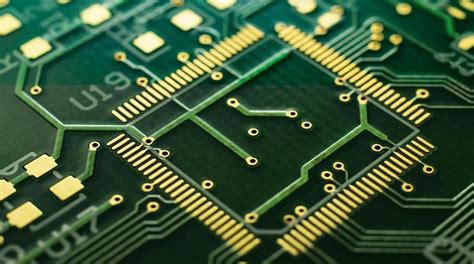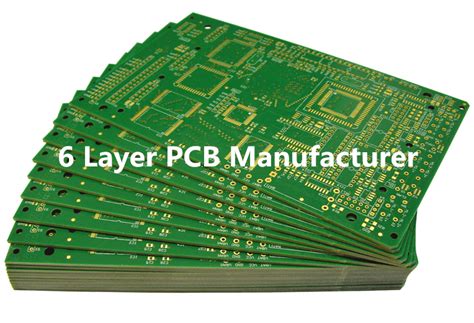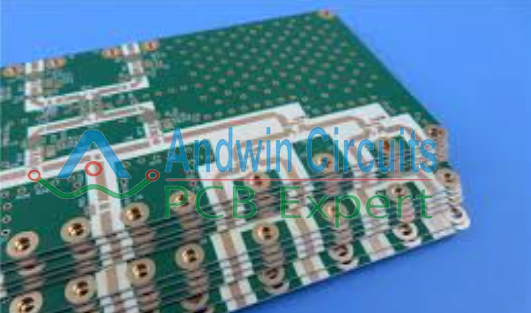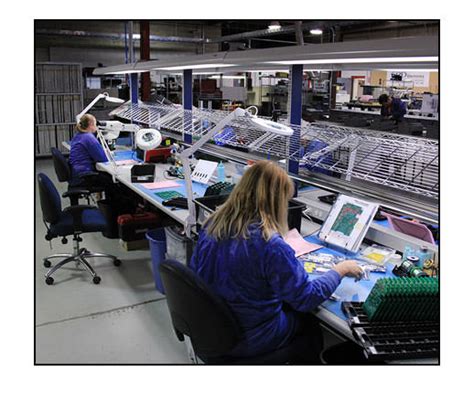Automatic Optical Inspection (AOI) in PCB Manufacturing: Principles, Technologies, and Applications
Introduction
Automatic Optical Inspection (AOI) has become an indispensable quality control technology in modern printed circuit board (PCB) manufacturing. As electronic devices continue to shrink in size while growing in complexity, the need for precise, reliable, and efficient inspection methods has never been greater. AOI systems provide manufacturers with the capability to detect defects early in the production process, reducing waste, improving yield, and ensuring product reliability.
This article explores the fundamental principles of AOI technology, its implementation in PCB manufacturing, various inspection techniques, advantages over manual inspection, challenges in implementation, and future trends in this critical quality assurance technology.
1. Fundamentals of AOI Technology
1.1 Basic Principles
Automatic Optical Inspection systems utilize advanced imaging technology combined with sophisticated software algorithms to examine PCBs for defects and quality issues. The basic working principle involves:
- Image Acquisition: High-resolution cameras capture detailed images of the PCB under controlled lighting conditions.
- Image Processing: Specialized software processes these images to identify features and potential defects.
- Comparison: The system compares the acquired images against reference designs or known good boards.
- Defect Detection: Discrepancies between the actual and expected images are flagged as potential defects.
- Classification: Detected anomalies are categorized according to predefined defect types.
- Reporting: Results are documented for process control and corrective actions.
1.2 Key Components of AOI Systems
A typical AOI system consists of several critical components:
- Imaging System: High-resolution cameras (CCD or CMOS) with appropriate optics
- Lighting System: Programmable lighting configurations (LED arrays with different angles, colors, and intensities)
- Motion Control System: Precision X-Y-Z positioning systems or conveyor mechanisms
- Processing Unit: High-performance computers with specialized image processing hardware
- Inspection Software: Algorithms for pattern recognition, feature extraction, and defect classification
- User Interface: Operator controls and display for monitoring and results review
2. AOI Implementation in PCB Manufacturing
2.1 Typical Inspection Points
AOI systems are deployed at multiple stages in the PCB manufacturing process:
- Post-Etch Inspection: Verifies copper trace patterns after etching
- Post-Lamination Inspection: Checks multilayer board alignment and quality
- Post-Solder Mask Inspection: Examists solder mask application and registration
- Post-Silkscreen Inspection: Verifies legend printing accuracy
- Pre-Assembly Inspection: Final bare board verification before component placement
- Post-Reflow Inspection: After surface mount component placement and soldering
- Final Assembly Inspection: Complete board verification before shipping
2.2 Common PCB Defects Detected by AOI
AOI systems can identify numerous PCB defects, including:
- Bare Board Defects:
- Shorts and opens in copper traces
- Incorrect trace width or spacing
- Hole misregistration or incorrect hole size
- Solder mask defects (bridging, voids, misalignment)
- Contamination or foreign material
- Assembled Board Defects:
- Component presence/absence
- Component misalignment or rotation
- Solder joint defects (insufficient solder, bridging, tombstoning)
- Wrong component values or markings
- Polarity errors
- Lifted leads or poor wetting

3. AOI Inspection Techniques
3.1 2D Inspection Methods
Traditional AOI primarily uses two-dimensional imaging techniques:
- Template Matching: Compares captured images with reference templates
- Pattern Matching: Uses algorithms to identify specific patterns or features
- Statistical Pattern Recognition: Analyzes statistical characteristics of features
- Blob Analysis: Detects and measures connected regions in binary images
- Edge Detection: Identifies boundaries between different regions
3.2 3D Inspection Methods
Advanced AOI systems incorporate three-dimensional inspection capabilities:
- Laser Profilometry: Uses laser triangulation to measure height variations
- Structured Light: Projects patterns to determine surface topography
- Stereo Vision: Employs multiple cameras to create depth maps
- Focus Variation: Uses focus information to determine height
3D inspection is particularly valuable for solder joint evaluation and component coplanarity assessment.
3.3 Specialized Inspection Techniques
- Color Inspection: Analyzes color variations for marking verification or contamination detection
- Polarized Light Imaging: Enhances visibility of certain surface features
- Multi-Spectral Imaging: Uses specific wavelength bands to highlight particular defects
- Thermal Imaging: Detects thermal anomalies in powered boards
4. Advantages of AOI in PCB Manufacturing
4.1 Comparison with Manual Inspection
AOI offers significant advantages over traditional manual inspection:
- Higher Throughput: Can inspect boards much faster than human operators
- Improved Consistency: Eliminates variability inherent in human inspection
- Greater Accuracy: Detects smaller defects with higher reliability
- Objective Evaluation: Removes subjective judgment from quality assessment
- 24/7 Operation: Can run continuously without fatigue
- Documentation: Automatically generates inspection records
4.2 Process Improvement Benefits
Beyond defect detection, AOI contributes to overall manufacturing excellence:
- Early Defect Detection: Identifies problems early in the process, reducing scrap
- Process Feedback: Provides data for statistical process control
- Yield Improvement: Helps identify and eliminate root causes of defects
- Traceability: Creates permanent records for quality assurance
- Cost Reduction: Lowers overall manufacturing costs through improved efficiency

5. Challenges in AOI Implementation
5.1 Technical Challenges
Despite its advantages, AOI implementation faces several technical challenges:
- False Calls: Both false positives (good features flagged as defects) and false negatives (missed defects)
- Programming Complexity: Creating effective inspection programs requires expertise
- Board Variability: Handling natural variations in acceptable products
- Component Diversity: Accommodating the wide range of component types and packages
- Reflective Surfaces: Dealing with highly reflective components or surfaces
- Shadowing Effects: Components casting shadows that obscure inspection areas
5.2 Operational Challenges
- Initial Investment: High capital cost for advanced AOI systems
- Maintenance Requirements: Need for regular calibration and upkeep
- Operator Training: Requires skilled personnel for programming and operation
- Integration: Fitting AOI into existing production lines and workflows
- Data Management: Handling large amounts of inspection data
6. Future Trends in AOI Technology
6.1 Artificial Intelligence and Machine Learning
The integration of AI and machine learning is transforming AOI capabilities:
- Deep Learning Algorithms: Improving defect detection accuracy and reducing false calls
- Adaptive Inspection: Systems that learn from experience and adjust inspection parameters
- Predictive Quality: Anticipating potential defects based on process trends
- Automated Program Generation: Creating inspection programs from CAD data with minimal human input
6.2 Advanced Imaging Technologies
Emerging imaging technologies are enhancing AOI capabilities:
- Higher Resolution Sensors: Enabling detection of microscopic defects
- Hyperspectral Imaging: Providing more material characterization information
- Computational Imaging: Using advanced algorithms to extract more information from images
- High-Speed Imaging: Allowing inspection of boards in motion without stopping
6.3 Integration with Industry 4.0
AOI is becoming an integral part of smart factory ecosystems:
- IoT Connectivity: Real-time monitoring and remote diagnostics
- Data Analytics: Big data analysis for process optimization
- Closed-Loop Control: Automatic adjustment of manufacturing parameters based on inspection results
- Digital Twin Integration: Linking inspection results with virtual product models
Conclusion
Automatic Optical Inspection has become a cornerstone technology in modern PCB manufacturing, providing the speed, accuracy, and reliability needed to maintain quality in increasingly complex electronic products. As the technology continues to evolve with advancements in artificial intelligence, advanced imaging, and smart manufacturing integration, AOI systems will play an even more critical role in ensuring product quality while driving manufacturing efficiency.
The future of AOI in PCB manufacturing points toward more intelligent, adaptive systems capable of not just detecting defects but predicting and preventing them, ultimately contributing to higher yields, lower costs, and more reliable electronic products. For manufacturers looking to maintain competitiveness in the electronics industry, investment in and optimization of AOI technology remains an essential strategic priority.







